Phrynosoma hernandesi
—
Greater Short-horned Lizard
In 2015, Montanucci published a study that broke out several new species from Phrynosoma hernandesi. The SSAR naming guide that I use for U.S. species expressed some reservations about this arrangement, and has chosen to treat Montanucci's new species as subspecies instead.
Subspecies I've seen:
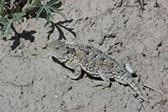
P. h. bauri
Baur’s Short-horned Lizard

P. h. hernandesi
Hernandez’s Short-horned Lizard
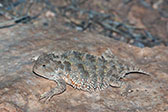
P. h. ornatissimum
New Mexico Short-horned Lizard
Phrynosoma hernandesi bauri
—
Baur’s Short-horned Lizard

I was somewhat puzzled by the near-complete-absence of reptiles we saw on this pleasant May morning. It was a little too cool to expect many lizards, but I did expect at least a few. Instead, an hour and a half of scenic beauty passed by with nary a lizard or snake to be seen. Fortunately, the herping day was saved by this cute little guy. Any day with a horned lizard in it is a good day, after all.
Phrynosoma hernandesi hernandesi
—
Hernandez’s Short-horned Lizard
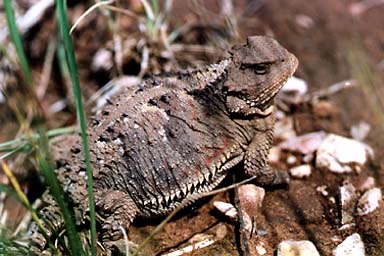
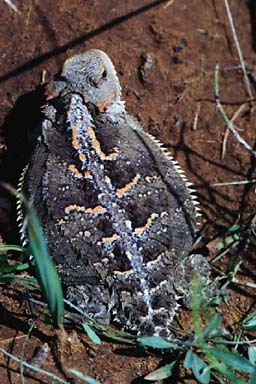
Our guidebooks insisted that these lizards were common at both Bryce (where I had seen them two decades ago) and the Kolob Plateau in Zion. We searched in both areas to no avail. (In an off-and-on drizzly day at Bryce we saw no reptiles or amphibians at all -- the horror!) Fortunately a helpful ranger at Zion had told us that she had seen horned lizards at nearby Navajo Lake. We followed in her footsteps and found eight of them in an hour or so. For lizards, they were extremely easy to photograph: their idea of escape was to scurry a foot or so away and then stop, confident in their camouflage. These pictures show the two biggest individuals we saw, which had very different coloration. Both may be pregnant females.
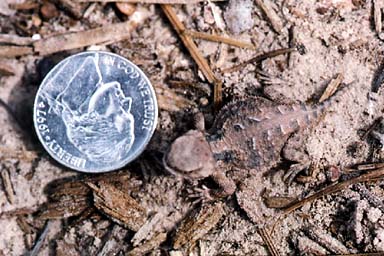
The next day, we located a couple more individuals on this trail at the north rim of the Grand Canyon. This is the second-smallest one we saw overall. We had seen one slightly smaller individual at Navajo Lake, but I didn't think to take a size-corroborating picture.
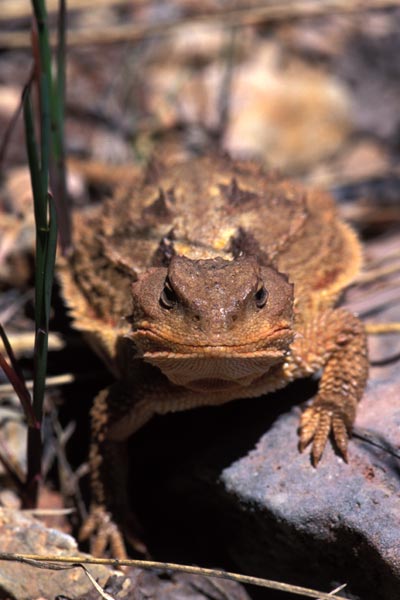
We were passing through southern Utah on our big summer trip, so we made sure to stop at beautiful Navajo Lake so I could visit my horned lizard friends. The first afternoon we were there I searched for an hour or so and had almost given up when I discovered this saurian marvel. What a face!
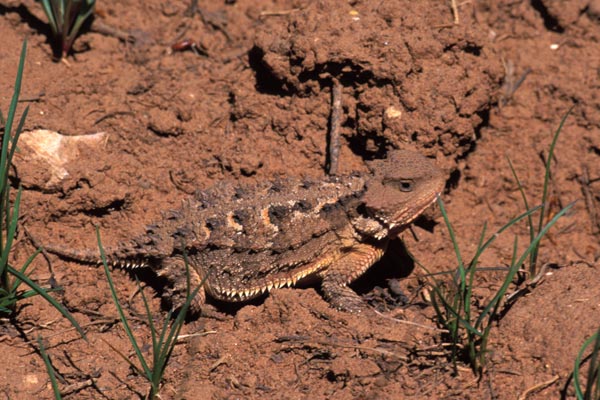
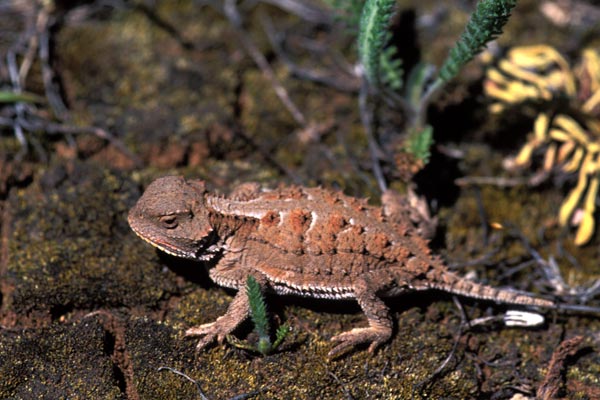
My wife and I checked for horned lizards again on the morning after I had seen only one in the afternoon. Morning was better; we ended up seeing one adult and four youngsters. Horned lizards rely strongly on camouflage, so it's often the case that the local population will be colored to closely match the ground. You can see that from the first one pictured here. The second one had run from the rust-colored ground to some mossy ground when it heard us stomping about.
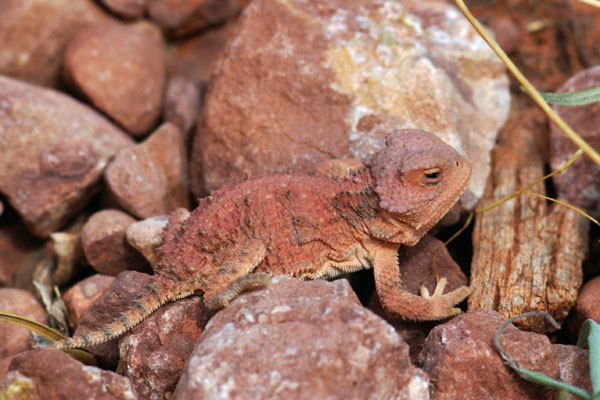
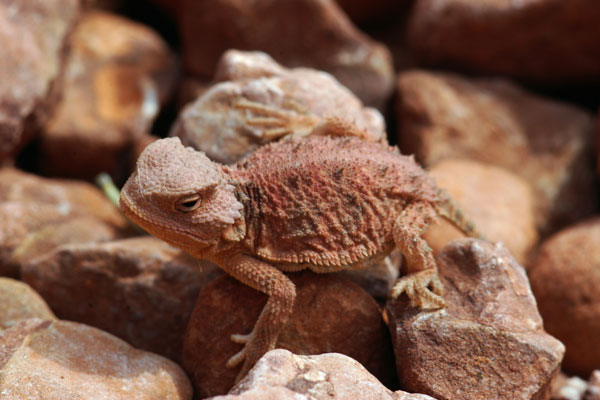
This tiny horned lizard shows again how well these lizards adapt to match the local colors. We never would have seen this little tyke except that we had stopped for awhile to coax a nightsnake into posing for some pictures. While my friend John McCaffrey and I were wrangling the little snake, Brenda McCaffrey noticed one of the rocks moving, only to realize that it wasn't really a rock.
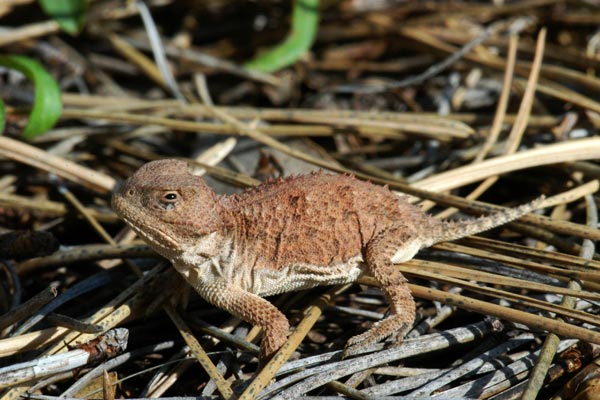
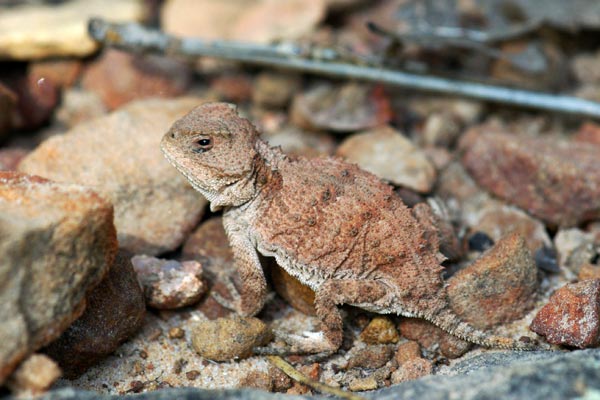
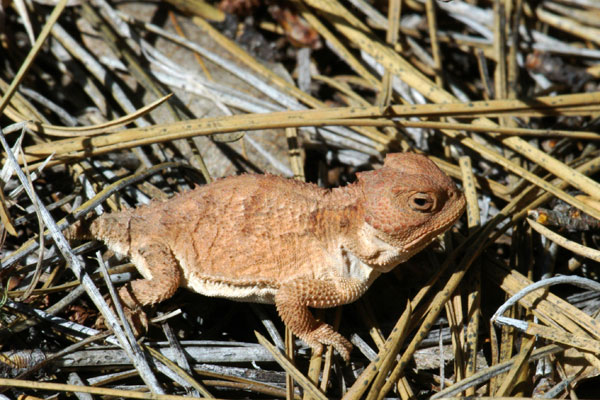
These three young horned lizards were the highlight of a nice hike through the piney forest near Tonto Creek. I saw the first one when one of our dogs happened near enough to it that it ran a few inches. I saw the second when another of our dogs noticed it moving and stopped to sniff in its general direction. But the third one I actually saw without any canine assistance.
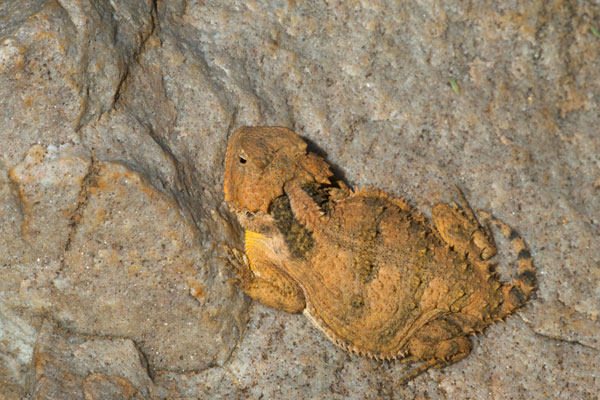
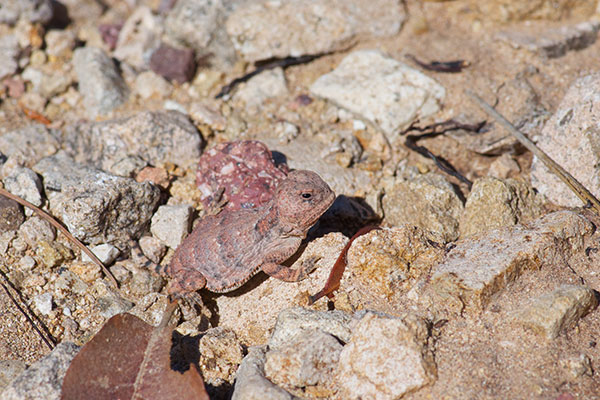
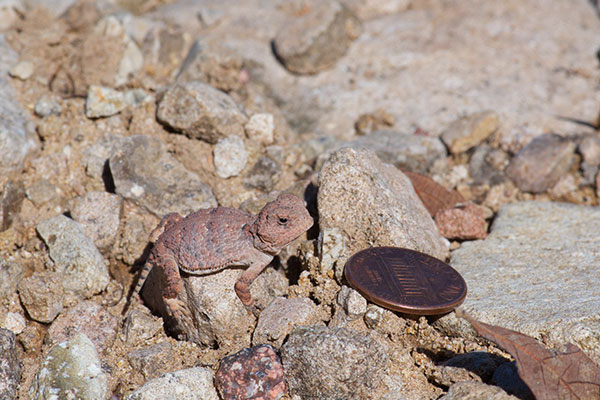
There is nothing cuter than a tiny baby horned lizard. Nothing, I say!
Phrynosoma hernandesi ornatissimum
—
New Mexico Short-horned Lizard

While camping at nearby Valley of Fires State Park, my sister and I drove out at night to look for snakes on the road nearby. After half an hour or so without seeing anything interesting, we noticed a little white blob in the road as we passed by. It certainly didn't look like a snake, but we went back to check it out anyway. We found this little horned lizard hunkered down in the middle of the road, which is not exactly what we expected.
Online references:
- Phrynosoma hernandesi account on The Reptile Database
- Eric Pianka and Wendy Hodge's excellent article on horned lizards, from the University of Texas.
- Richard R. Montanucci, 2015. A taxonomic revision of the Phrynosoma douglasii species complex (Squamata: Phrynosomatidae)
Printed references:
- Behler, J. L., King, F. W. 1979. The Audubon Society Field Guide to North American Reptiles & Amphibians
- Brennan, T. C. and Holycross, A. T. 2006. A Field Guide to Amphibians and Reptiles in Arizona
- Conant, R., Collins, J. T. 1998. Peterson Field Guide to Reptiles and Amphibians of Eastern and Central North America, Third Edition, expanded
- Crother, B. I. (ed.) 2017. Scientific and Standard English Names of Amphibians and Reptiles of North America North of Mexico, with Comments Regarding Confidence in Our Understanding, Eighth Edition
- Degenhardt, W. G., Painter, C. W., Price, A. H. 1996. Amphibians & Reptiles of New Mexico
- Monday, D.C., Dobolek, R. 1999. Arizona Wildlife Views, Special Edition
- Rogner, M. 1997. Lizards
- Sanborn, S. R. 1994. The Lizard-Watching Guide
- Sherbrooke, W. C. 1981. Horned Lizards: Unique Reptiles of Western North America
- Smith, H. M. 1995. Handbook of Lizards: Lizards of the United States and Canada
- Smith, H. M., Brodie, E. D. Jr. 1982. Reptiles of North America: A Guide to Field Identification
- Stebbins, R. C. 2003. Peterson Field Guide to Western Reptiles and Amphibians, Third Edition
- Stoops, E. D., Wright, A. 1997. Snakes and other Reptiles of the Southwest, 4th Edition
- Wauer, R. H. 1964. Reptiles and Amphibians of Zion National Park
- Wilkinson, T. 1995. Wildlife Watcher's Guide: Grand Canyon, Zion & Bryce